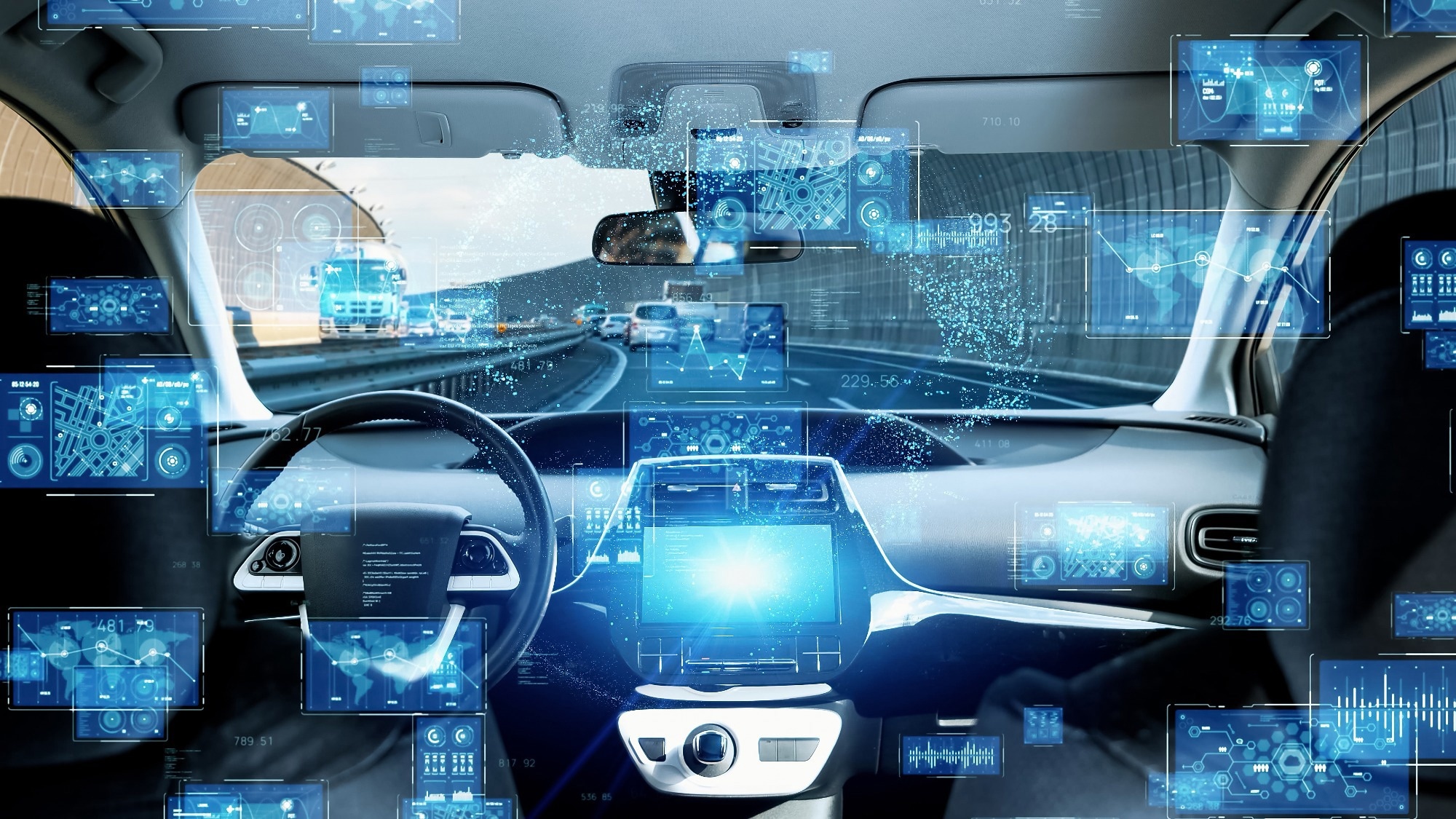In a recent article published in the World Electric Vehicle Journal, researchers discussed the importance of integrating light detection and ranging (LiDAR) with camera sensors to improve object detection in autonomous vehicles. This sensor fusion technique merges data from LiDAR point clouds and RGB (red, green, blue) camera images, aiming to enhance detection accuracy and reliability under diverse environmental conditions.
 Study: LiDAR-Camera Fusion Boosts Autonomous Driving. Image Credit: metamorworks/Shutterstock.com
Study: LiDAR-Camera Fusion Boosts Autonomous Driving. Image Credit: metamorworks/Shutterstock.com
Background
The advancement of autonomous vehicle technology has brought about a growing need for robust object detection and tracking systems to ensure safe and efficient operation in diverse environmental conditions. Traditional object detection systems often rely on individual sensors such as LiDAR or cameras, each with its strengths and limitations. LiDAR sensors provide accurate depth information but may struggle in adverse weather conditions or low-light environments.
To overcome the limitations of individual sensors and enhance detection capabilities, the integration of multiple sensors through fusion techniques has emerged as a promising solution. LiDAR-camera sensor fusion combines the strengths of LiDAR's depth perception with the visual information captured by cameras.
The Current Study
The methodology employed in this study for enhanced object detection in autonomous vehicles through LiDAR-camera sensor fusion involved a comprehensive approach integrating data from LiDAR point cloud and RGB camera images.
Data collection was carried out using the KITTI dataset, which provides synchronized LiDAR point cloud data and RGB images along with internal and external sensor parameters. This dataset facilitated the calibration of the camera and LiDAR devices, enabling accurate projection between coordinate systems. Additionally, self-collected data was utilized to validate the detection performance of the PointPillars algorithm in real-world scenarios.
Two state-of-the-art deep learning models were employed for object detection: PointPillars for processing LiDAR point cloud data and YOLOv5 for analyzing RGB images captured by the camera. The PointPillars network generated 3D object detection results from LiDAR data, while YOLOv5 provided 2D object detection results from camera images. The fusion of these results was crucial for comprehensive object detection.
The fusion process involved projecting the 3D object detection box from LiDAR onto the 2D image obtained from the camera using the joint calibration parameters. A target box intersection-over-union matching strategy was implemented to fuse the LiDAR and camera detection results. The fusion algorithm incorporated the Dempster–Shafer (D–S) theory to combine category confidence and produce the final fusion detection output.
For moving object tracking, the DeepSORT algorithm was enhanced to address identity-switching issues caused by dynamic objects re-emerging after occlusion. The improved DeepSORT algorithm utilized an Unscented Kalman Filter for state estimation, enhancing tracking accuracy in dynamic scenarios.
The experimental setup involved analyzing the fusion algorithm's performance in different daytime scenes. The fusion results were compared with single-sensor detection to evaluate the effectiveness of the fusion approach in more accurately enveloping car and pedestrian targets. Performance metrics such as MOTA, MOTP, HOTA, and IDF1 were used to assess the tracking algorithms' efficiency.
Results and Discussion
In daytime scenes, the fusion algorithm effectively combined LiDAR and camera data to produce more comprehensive and accurate object detection results. The fusion results showed that the target box could better envelop car and pedestrian targets compared to single-sensor detection. This enhancement in detection performance is crucial for ensuring the safety and efficiency of autonomous driving systems in various daytime scenarios.
In nighttime scenes with dim lighting conditions, the fusion of LiDAR and camera data proved to be even more critical. The fusion algorithm successfully compensated for the limitations of individual sensors, particularly in detecting pedestrian and vehicle targets. The fusion results exhibited a strong recognition effect, enabling more complete envelopment of targets and improving overall detection capabilities in low-light environments.
The statistical analysis based on the D–S evidence theory provided valuable insights into the fusion process. The fusion strategy effectively combined class confidence from LiDAR and camera data, resulting in improved object detection probabilities. The fusion results demonstrated higher probabilities for detecting cars and pedestrians, showcasing the robustness of the fusion algorithm in enhancing detection accuracy.
The study also evaluated the performance of the tracking algorithms, particularly the improved DeepSORT algorithm, in dynamic target tracking scenarios. The comparison of different tracking methods using metrics such as Multiple Object Tracking Accuracy (MOTA), Multiple Object Tracking Precision (MOTP), Higher Order Tracking Accuracy (HOTA), and Integrated Detection and Tracking F1 Score (IDF1) highlighted the efficiency of the improved DeepSORT algorithm in accurately tracking dynamic targets, reducing identity switching issues, and enhancing overall tracking performance.
Conclusion
In conclusion, the article emphasizes the importance of multi-sensor fusion, particularly LiDAR-camera fusion, in enhancing object detection capabilities in autonomous vehicles. The fusion of LiDAR point cloud data and camera images leads to improved detection performance, especially in challenging scenarios. The study highlights the potential of fusion algorithms in overcoming sensor limitations and enhancing the overall safety and efficiency of autonomous driving systems.
Journal Reference
Dai Z., Guan Z., et al. (2024). Enhanced Object Detection in Autonomous Vehicles through LiDAR—Camera Sensor Fusion. World Electric Vehicle Journal 15, 297. DOI: 10.3390/wevj15070297, https://www.mdpi.com/2032-6653/15/7/297